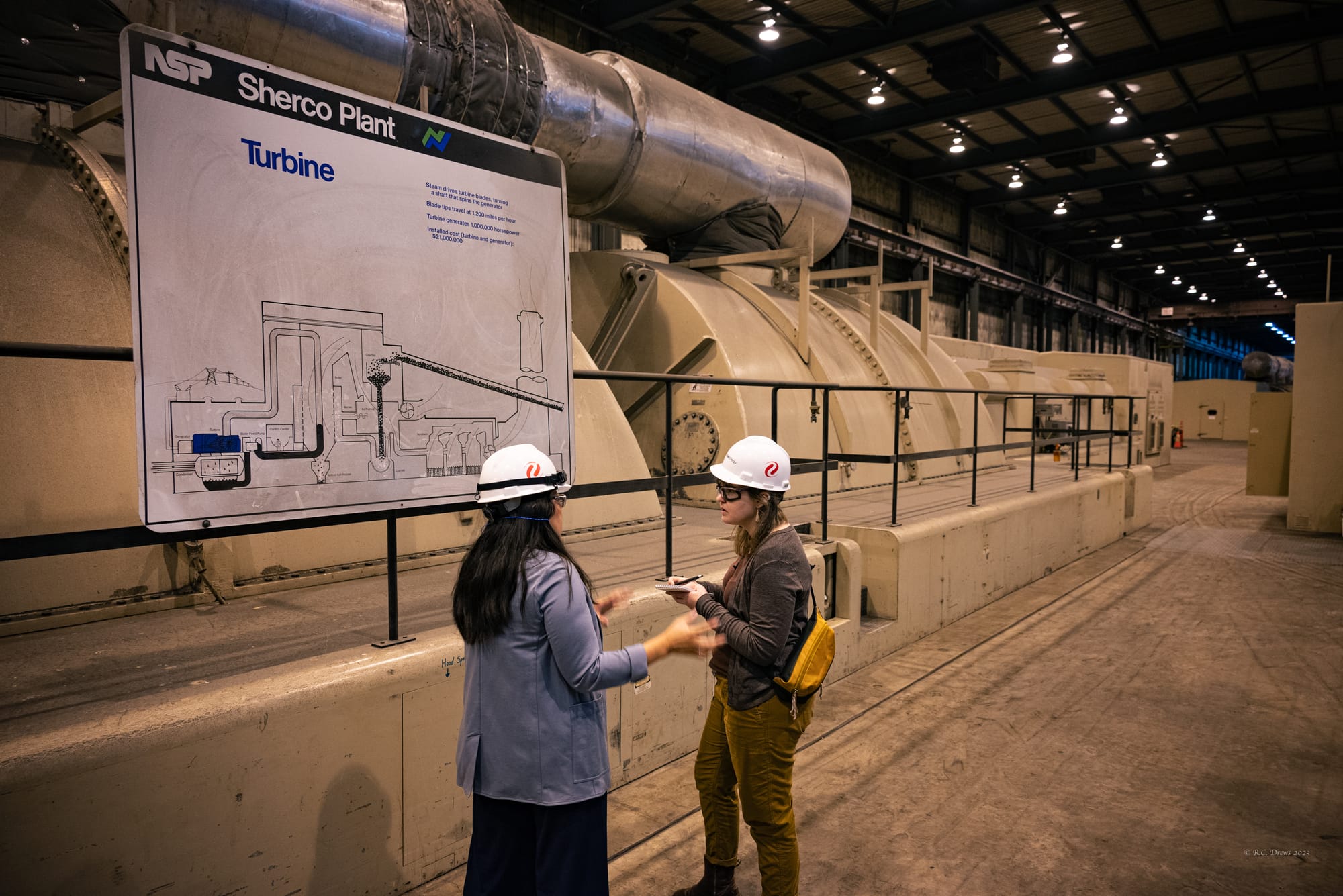The U.S. is moving away from coal. We toured a central Minnesota plant in transition
It’s the beginning of the end for the coal-fired units at Sherco power plant as the first of three units powers down.

BECKER – High-pitched whines, middling whirs, and deep thrumming fill the turbine room at the coal-powered Sherburne County Generating Station. Ear protection is required.
Plant Director Michelle Neal must raise her voice on a tour to speak over turbines and generators turned by steam produced in three massive furnaces.
The furnaces are the size of large buildings, visible for miles around the plant. They seem to sprout from the potato fields that surround it.
“I don't think that people understand the massiveness of the plants,” Neal said outside, in the shadow of the first unit. “It's such an awe-inspiring location. We are the largest electric generating facility in the state of Minnesota.”
The Sherco plant started producing energy more than four and a half decades ago. When all units are firing, it can generate 2,220 megawatt hours, which is enough to power roughly 1.5 million homes. At the end of the month, Xcel Energy will power down one of three coal-firing units at this generating station. Forever.
It’s part of a massive shift in the company’s and the state’s electricity production.
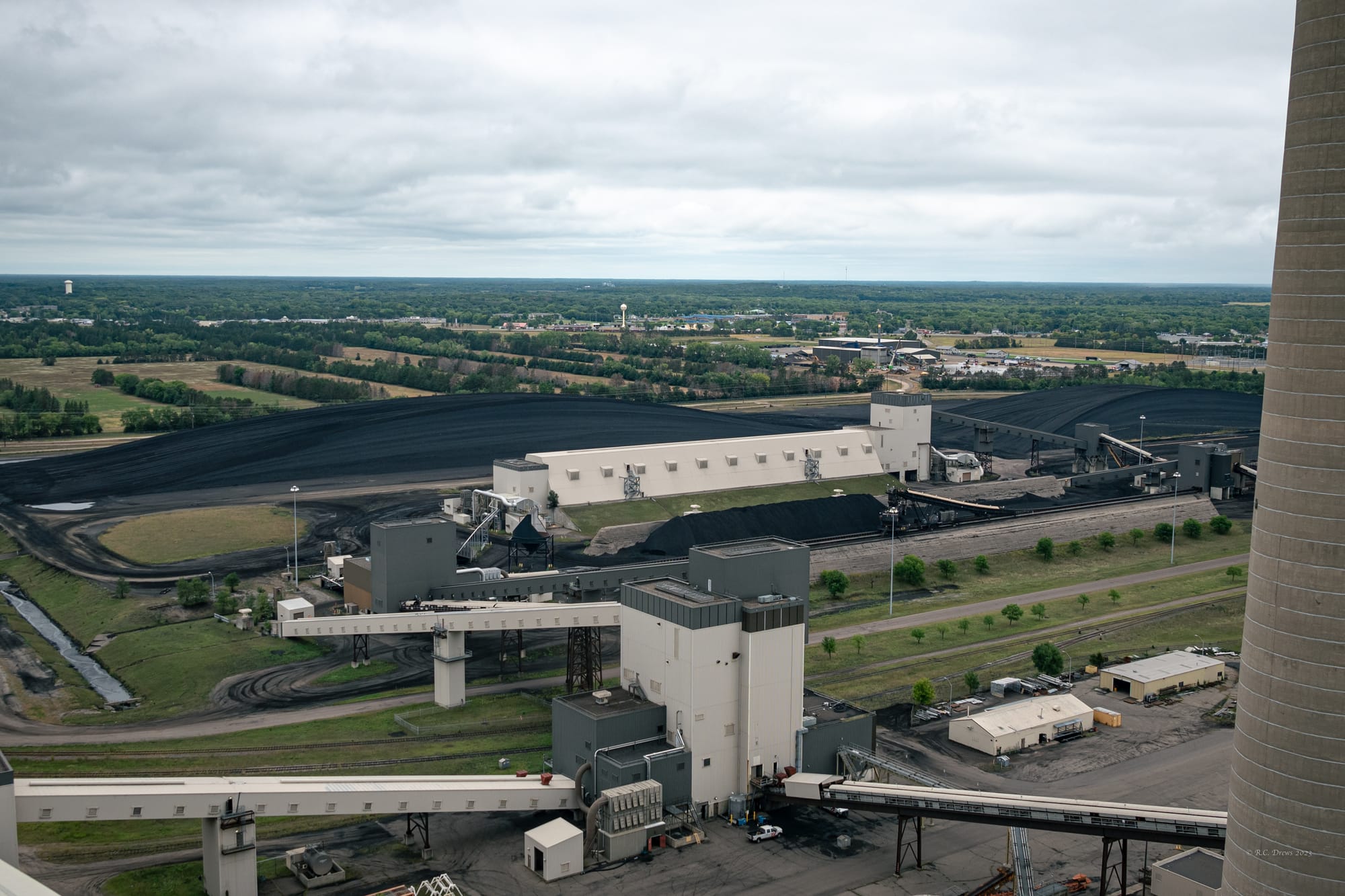
The two other coal-fired units at Xcel’s Sherco plant will be decommissioned in 2026 and 2030. In coming years the site will host a massive solar installation, a large battery, and two synchronous condensers – large mechanisms that work as shock absorbers for the system.
Neal took the reins in December 2022 and is excited to be the leader during the transition. People have asked her why she would move to the Becker plant from her previous position at the Monticello Nuclear Generating Station about 4 miles away as the crow flies.
“Sherco has tons of life left in it,” Neal said during a tour and interview with Project Optimist in September. “I am excited about being at the helm, making that change, and helping my folks transition to whatever they want to be.”
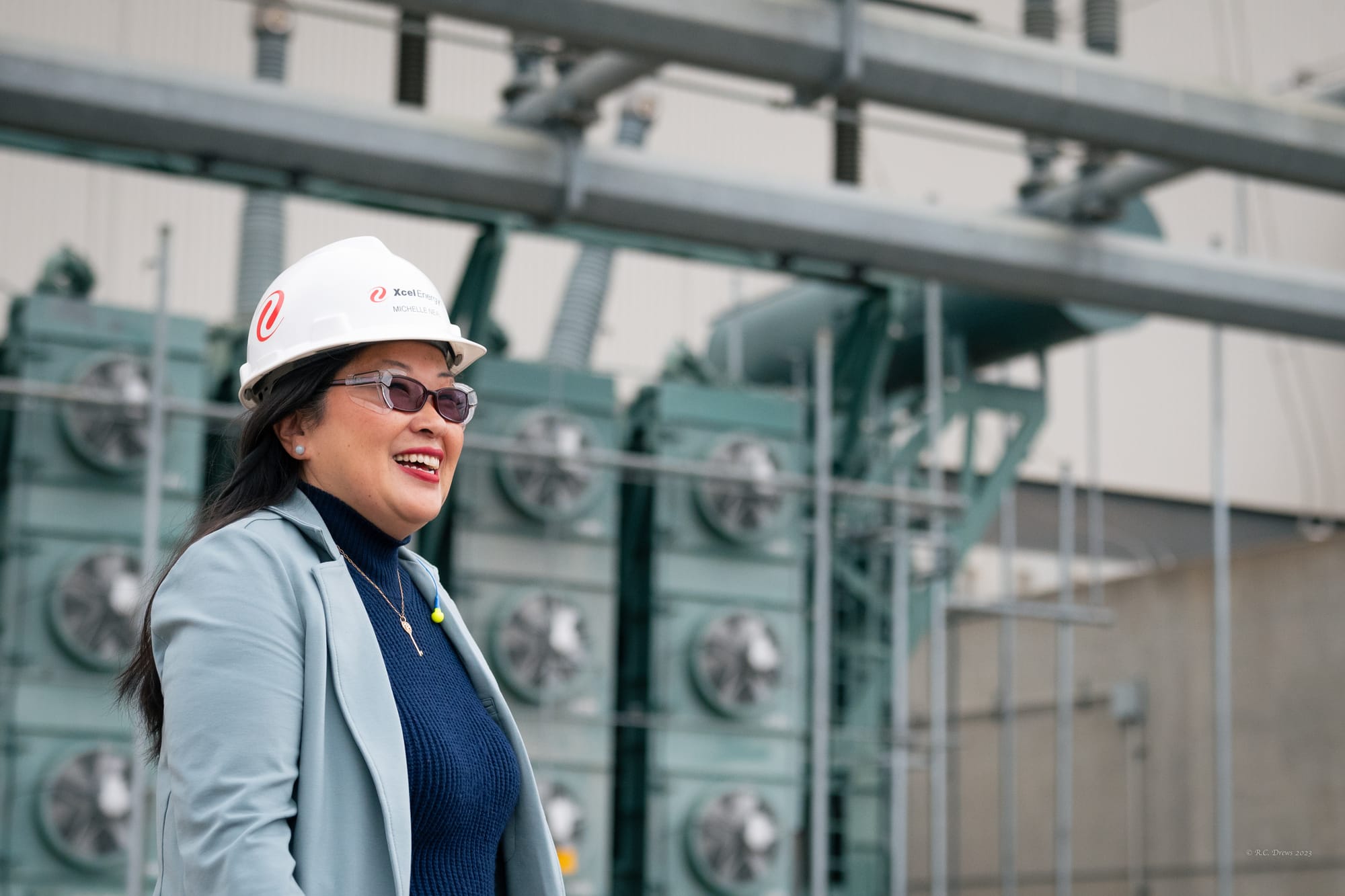
Meet the Sherco plant director: 'I've always been fascinated by power'
Sherco Plant Director Michelle Neal has long been interested in power plants and was motivated by her father to move up the ranks.
“My dad grew up in Silver Lake, Minn., and he told me: ‘Michelle, you keep your nose to the grindstone like Wayne,’” Neal recounted in a deep voice. “‘Wayne was the plant manager at Monticello (Nuclear Generating Station). And he was the only one who made it out of my small town, and he was an engineer.’”
Neal studied physics and mechanical engineering. She just reached 20 years as an Xcel employee. Becoming plant director in December 2022 was a big deal for her family, Neal said.
“I've always been fascinated by power,” Neal said. “I think that it's a great use of being an engineer, helping to produce power that is so needed by every single person.”
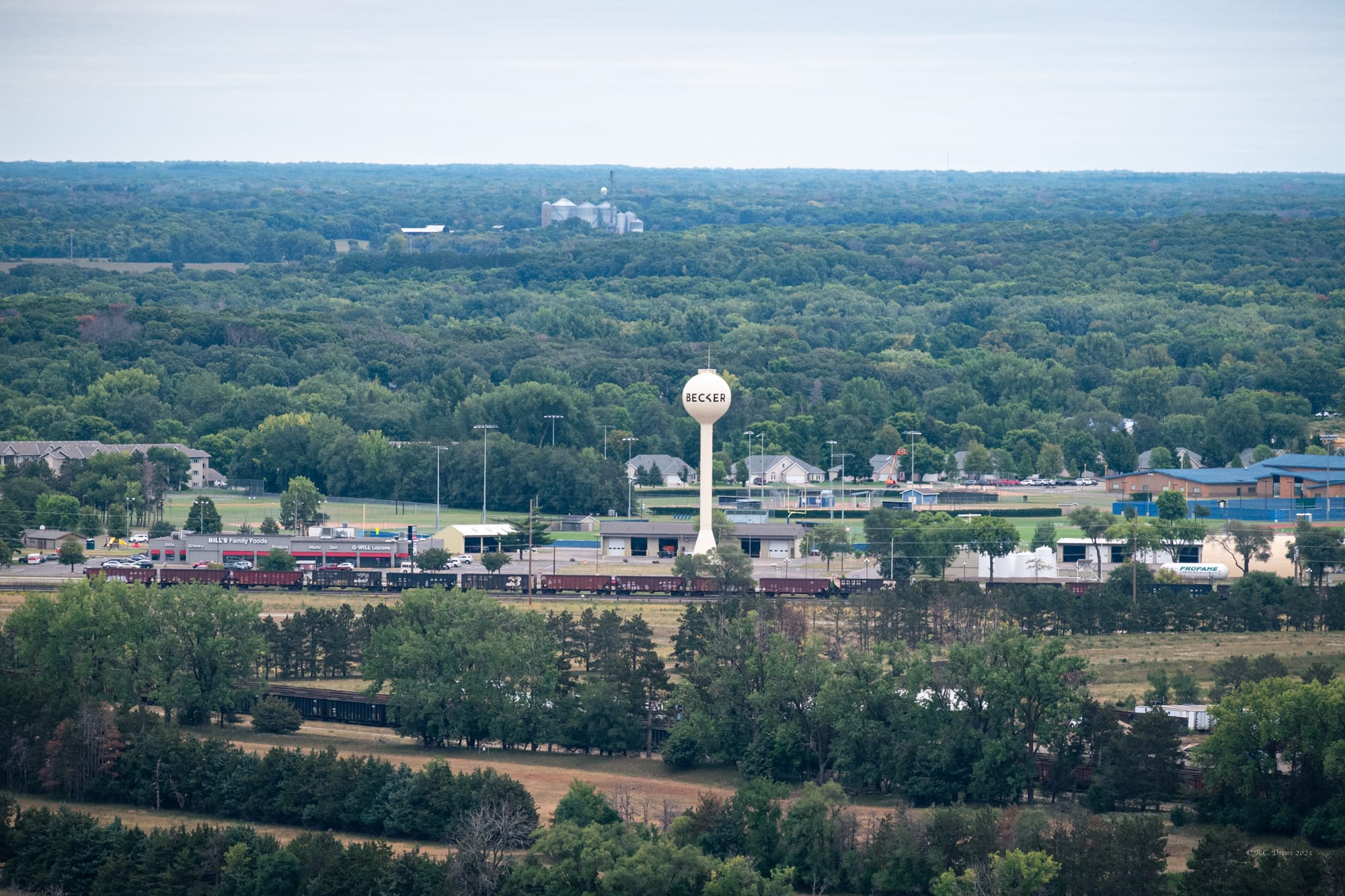
What will the shift from coal look like in Becker?
The Sherco facilities were built in the 1970s and 1980s in a utilitarian style. The three units connect at the ground in a large hall holding the turbines and generators. Tricycles with baskets wait at one end for employees who need a faster mode of transport than walking.
About five trains a week deliver coal to the plant from Montana and Wyoming. They’re kept separate by source, because they have different properties. The coal is fed into three separate boilers, one for each unit. The largest unit is about 300 feet tall, the same height as the Statue of Liberty, and weighs 9.8 million pounds. The boilers are suspended from the ceiling because they swell when they operate.
Coal fueled nearly 20% of electricity production in the U.S. in 2022. But as one of the worst sources of emissions that damage human health and increase global warming, it’s on the outs.
As communities across the country transition away from coal, they are dealing with issues like a decrease in local jobs and tax revenue, as well as required on-site environmental remediation work.
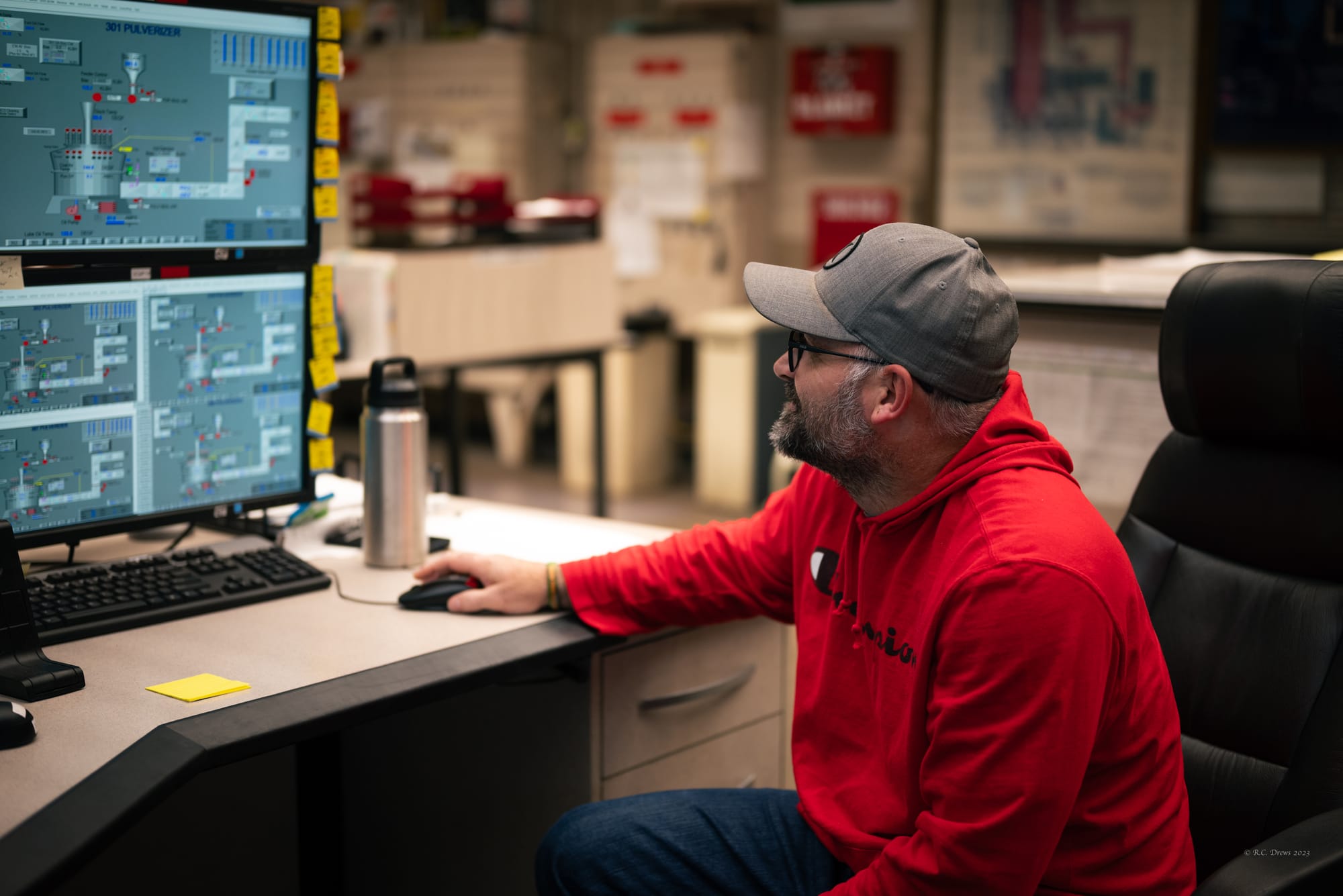
The Sherco station currently employs 240 people and provides 75% of the tax base in Becker. The city and Xcel Energy have been working with businesses and government representatives to build up the industrial park and replace some of that revenue. In 2020 the Minnesota Legislature sent $20.5 million in bonding funds to the city of Becker to support infrastructure in the business park.
Becker is home to metal and paper recycling facilities, a manufacturer of firearm components, a regenerative beef producer, and more. It may yet draw a data center, also called a server farm, where a technology company can house a building full of computers. Google had been working with Xcel to build a site in Becker, but that deal fell through. The close proximity to the Mississippi River and the electrical grid fit well with the needs of a data center, Neal said.
“We can't discuss names,” Neal said. “But there are active data centers that are looking to come, to be adjacent to the Sherco property.”
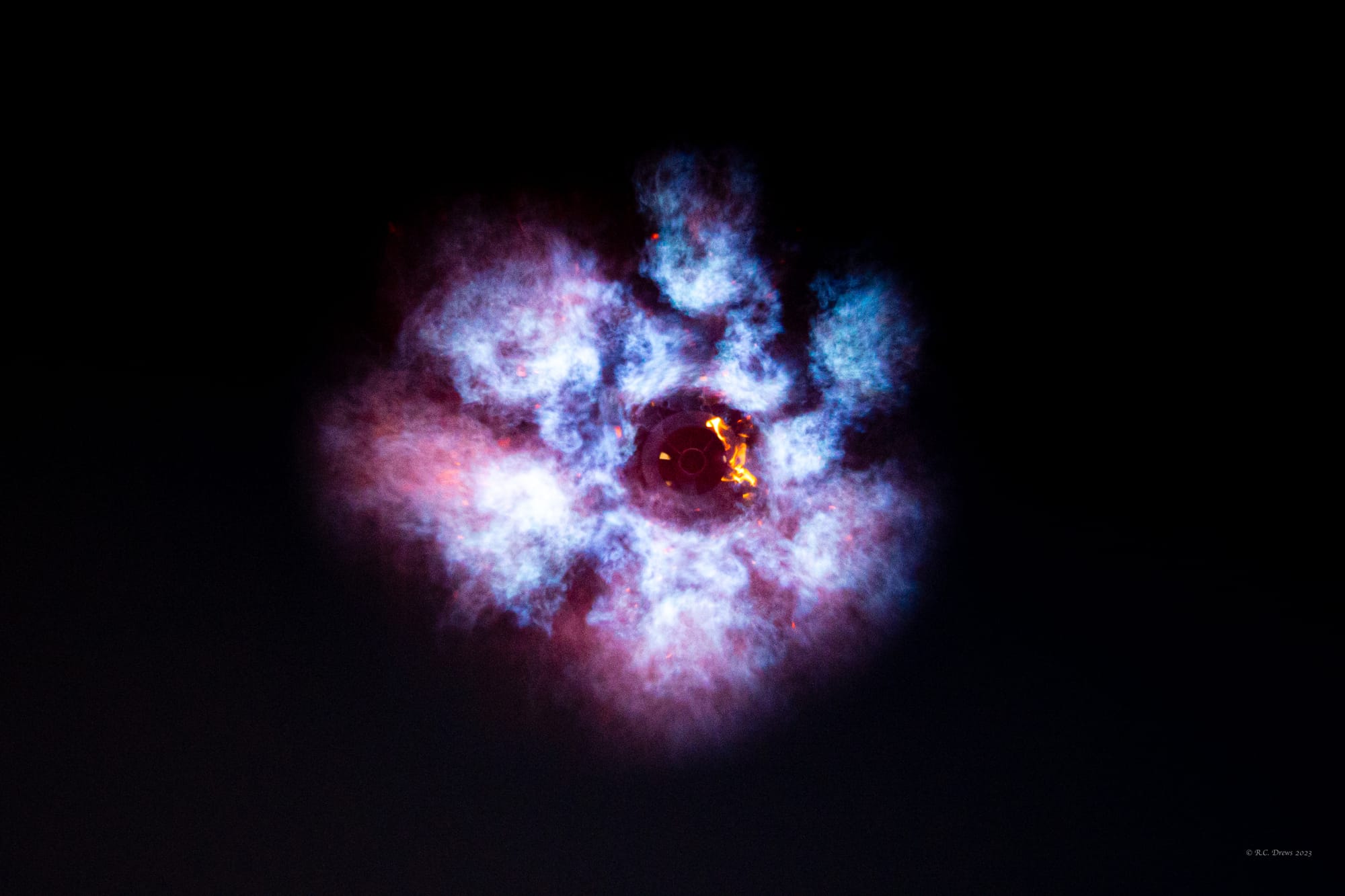
Changing for the future
At the top of the Unit III boiler, 21 floors up, a thin layer of black dust lines the handrails and steps leading to the roof. It’s hot inside. Hot enough to make you sweat and fog up your mandatory safety glasses.
The roof brings a refreshing burst of air and expansive views of the plant’s coal piles, landfill, cooling towers, and chimneys. The view to the east includes train tracks and the Becker water tower. The view south provides a glimpse of the Xcel’s Nuclear Generating Station down the river in Monticello.
Sherco is the energy company’s largest plant, and it’s the largest plant operating in Minnesota. When Sherco’s third unit closes at the end of the decade, it will be the end of coal-generated power in Xcel’s portfolio.
The company has teams, which include environmental engineers, developing plans for that transition and clean up.
A million solar panels around the plant will cover 3,250 acres as they’re installed in the coming years. Another proposed solar array would bring the on-site solar output to 710 megawatts. A large battery pilot project will occupy 7 to 10 acres and store 10 megawatts per 100 hours.
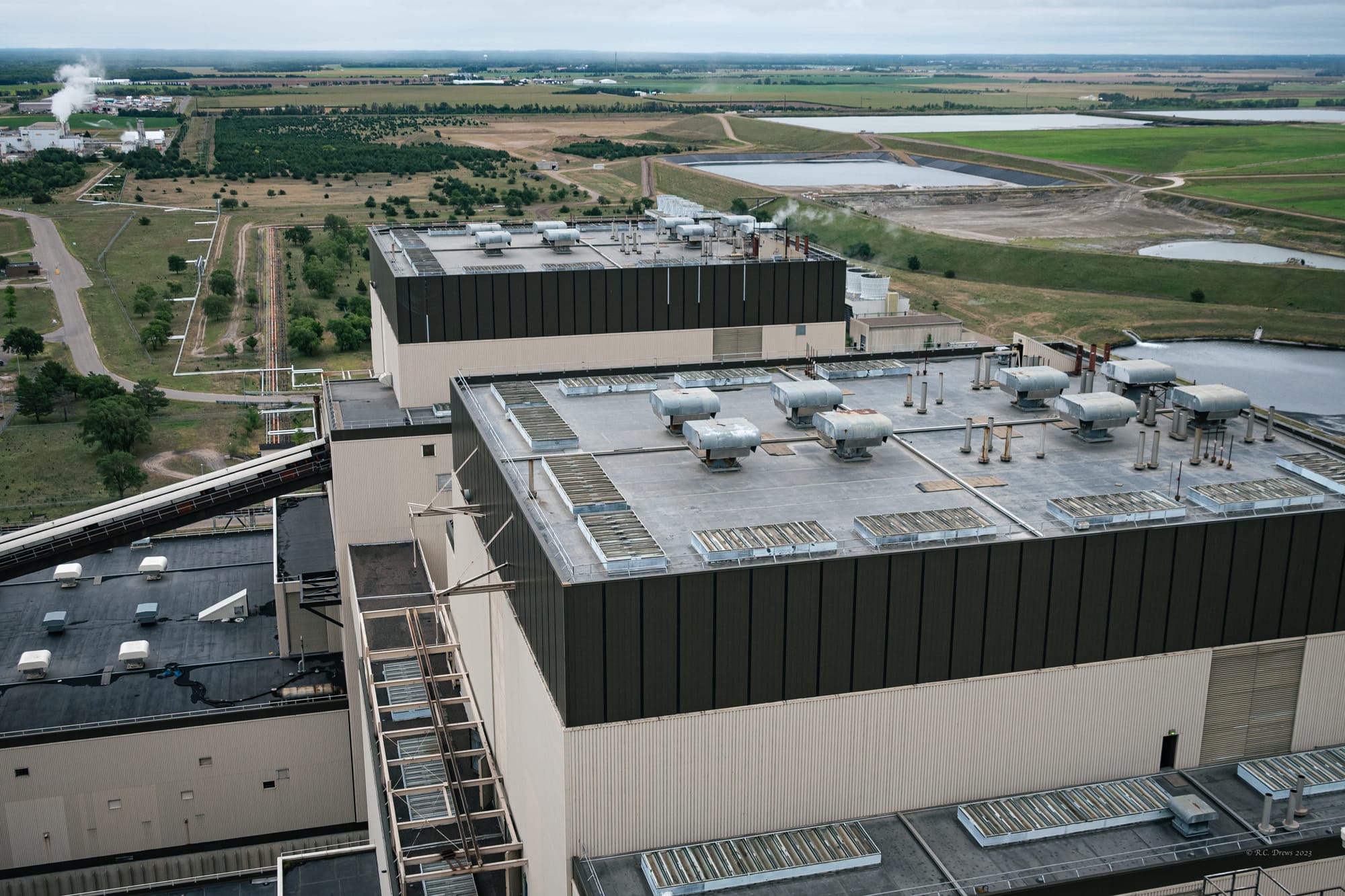
“No one likes change,” said Randy Capra, general manager of energy supply for Xcel in Minnesota, South Dakota, and Wisconsin. The company has shut down coal units before, including the Riverside plant in Minneapolis, he said, which Xcel converted into a natural gas facility. State permits dictate what Xcel must do to clean out coal fields and close ash ponds.
Xcel Energy will likely maintain the buildings at the Sherco plant, though parts of them may be walled off to save on heating costs, Neal said. Some equipment may be sold, though there’s not a big market for it with coal getting phased out of other energy fleets. Some equipment from the turbine floor will remain to run the synchronous condensers.
“We're not 100% sure what this is going to look like at the end of 2030,” Capra said.
While Xcel officials don’t expect any fanfare for the closure of the first unit on Dec. 31, Capra said, they will likely commemorate the closure of the last unit. It will mark the end of an era.
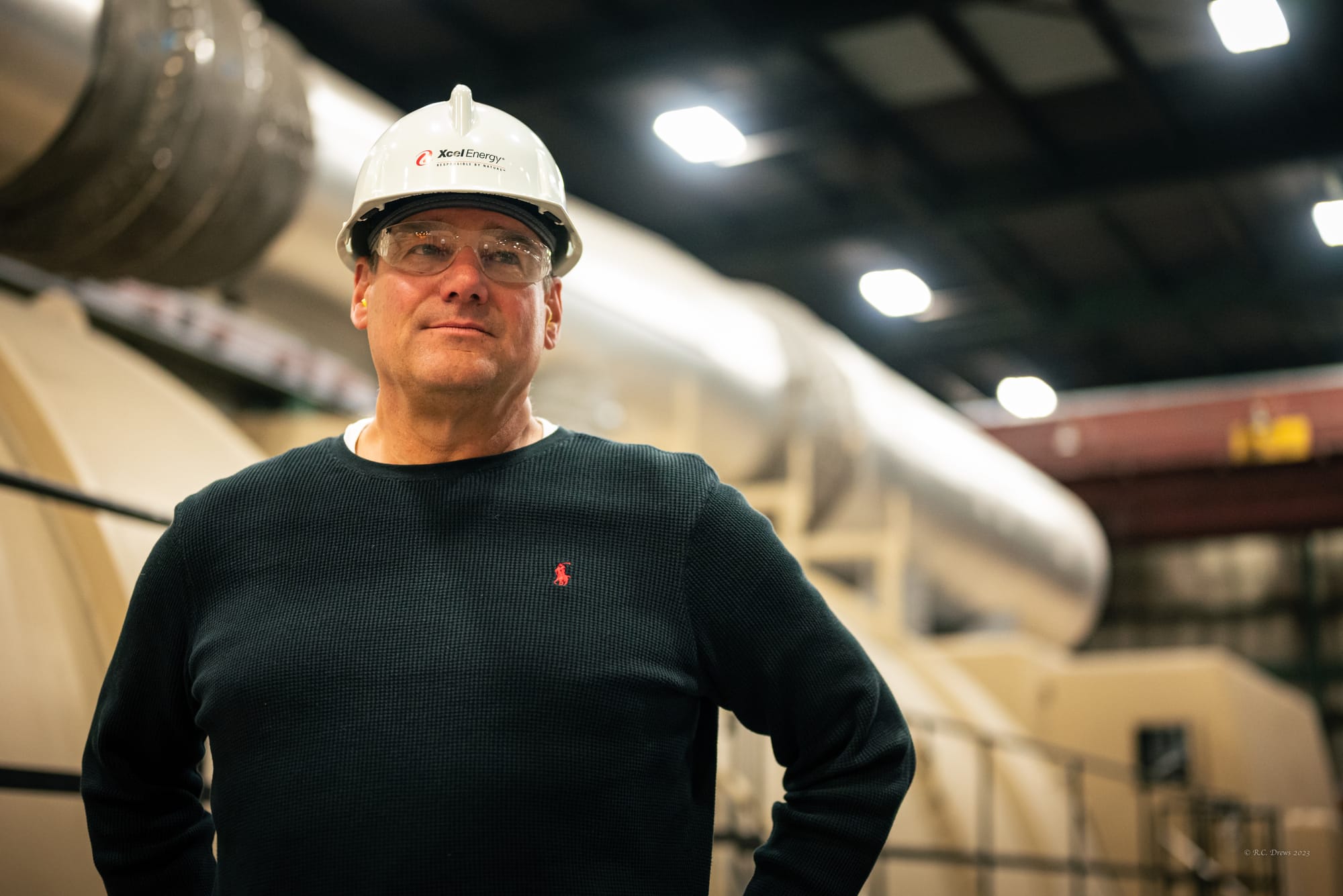
What's a synchronous condenser?
Some of the turbines and generators connected to Units I and II at the Becker plant will be converted into synchronous condensers. Synchronous condensers help stabilize the grid with renewable power sources that are more intermittent than fossil fuel sources. Wind power and solar power come on and off depending on the weather. A synchronous condenser helps with lagging and increasing vars by absorbing or supplying power to the line. A var is a unit of measurement of reactive power.
“You have all this wind and solar that doesn't have the inertia to push the electrons down the wire” said Randy Capra, general manager of energy supply for Xcel in Minnesota, South Dakota, and Wisconsin. “That's why Sherco is in a perfect spot to have a synchronous condenser, to pull that voltage or vars and then send it out.”
